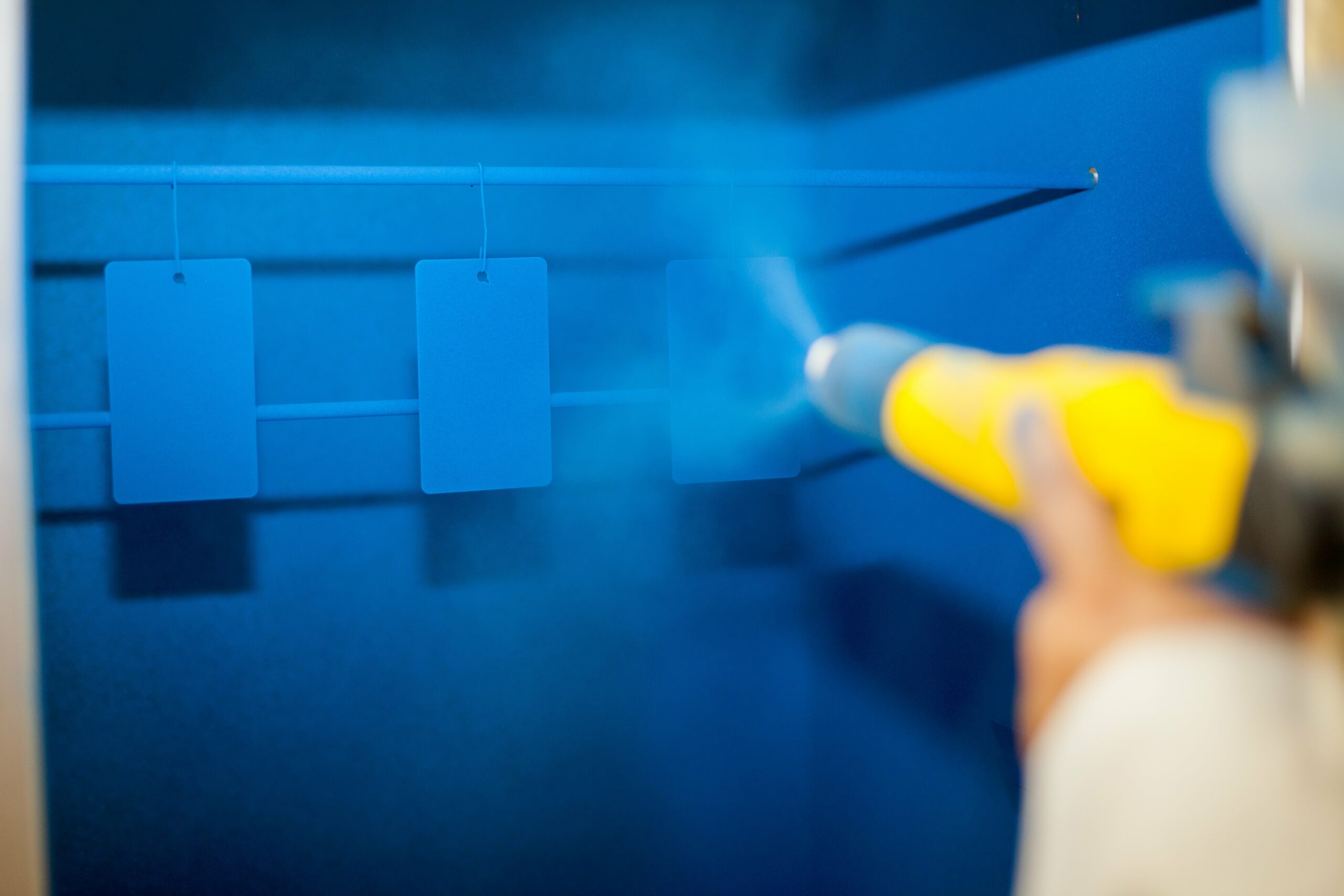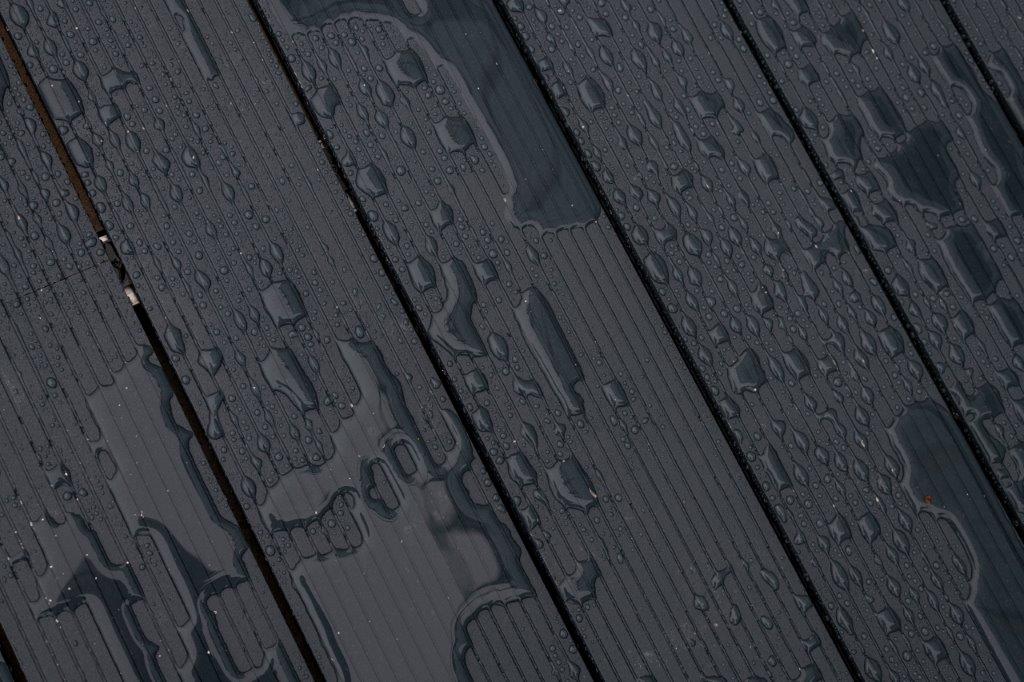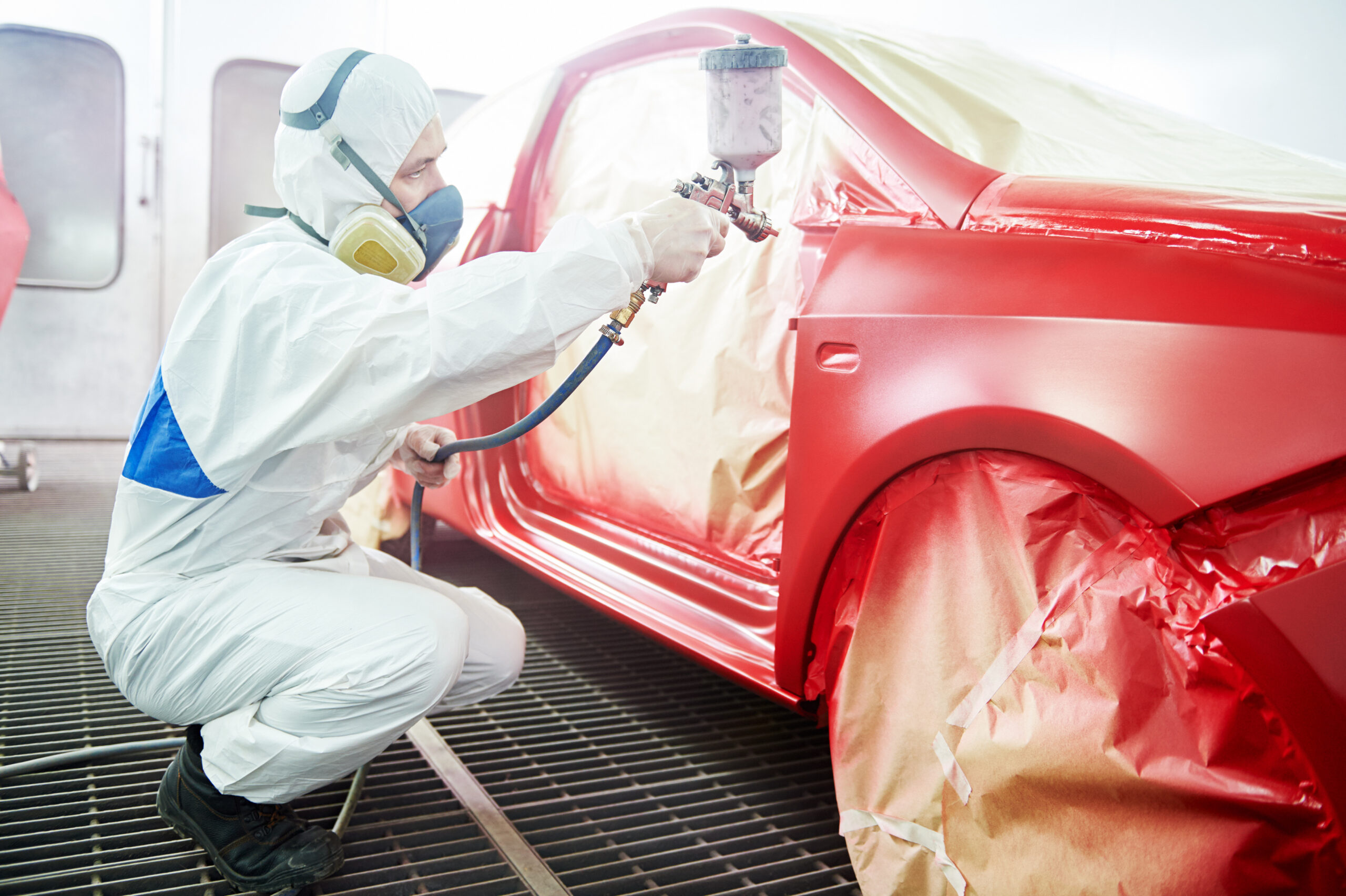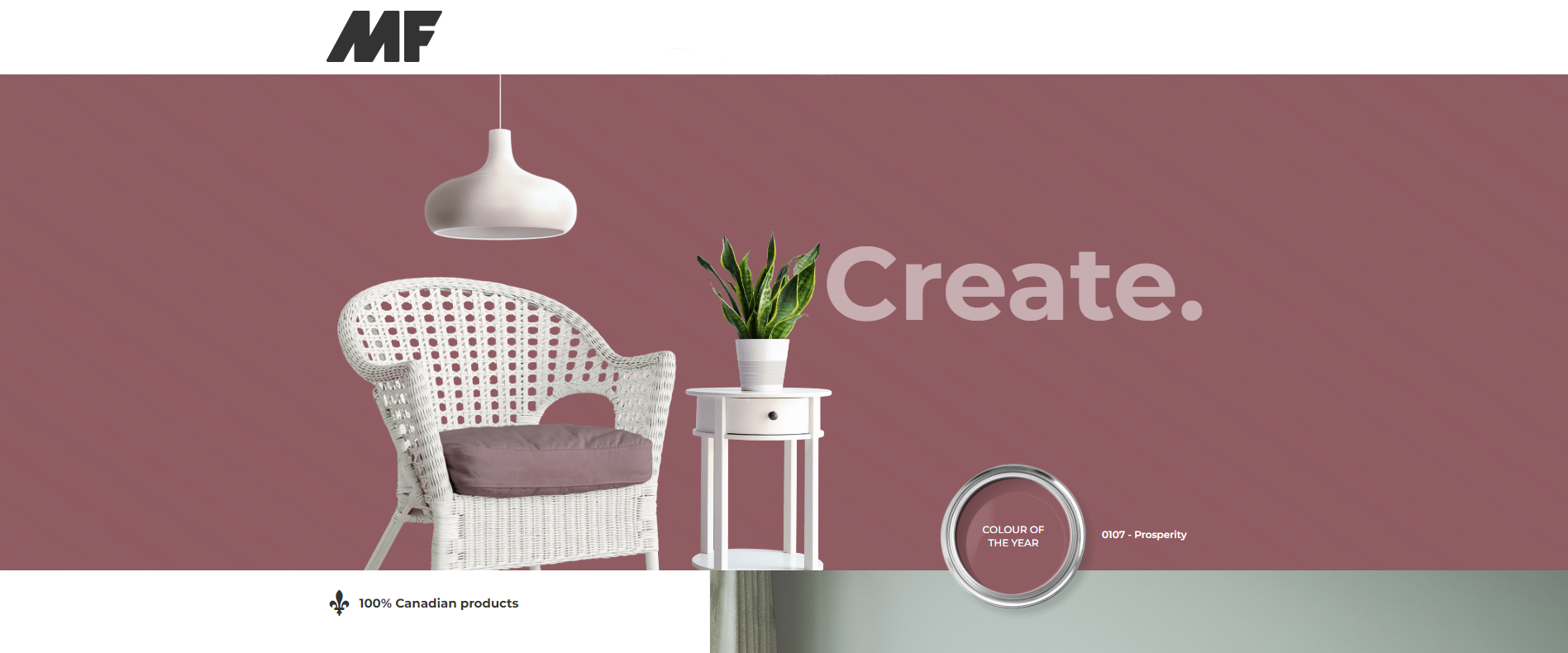Thermoset Powder Coatings: Spray Booth Maintenance
A properly equipped and maintained spray booth is vital for a successful thermoset powder spray job.
Here are some tips to keep your spray booth running at optimal performance
Clean all racks and components
It doesn’t take long for the racks, lines, conveyors, Faraday cages, rods and other components of a spray booth to become dirty. This can vary from a light coating of dust or powder residue to thicker layers of grime and sometimes even rust and oil. All these contaminants will reduce the quality of the final finish because they can cause the powder coating to crack, bubble, or flake during the spraying and curing processes. It’s therefore vital to thoroughly clean all these components before spraying to remove all surface debris and contaminants. Methods to use include a chemical pretreatment or blasting and wipe-down. After every cleaning, check that all the racks are properly grounded.
Protect the walls
The walls of a spray booth are obviously going to get covered in overspray. A smart idea is to protect the walls with temporary peelable covers. These are both effective during use and easy and quick to replace when dirty. They keep the spray booth clean and help your booth last longer. Some of them will last for up to 700 booth cycles before needing to be replaced. It’s always a good idea to have a spray booth with white walls, to create a brighter spraying environment and aid visibility.
Use a protective floor covering
For the floor too, a temporary solution is often the best approach. Many equipment manufacturers offer special adhesive floor coverings for spray booths. They are simple to install and tough enough to walk on. They catch overspray, dust, dirt, and other debris to prevent it from circulating in the air and ruining the finish. You can then sweep or vacuum up the debris. When it needs to be changed, simply peel it off the floor, roll it up with all the dirt, and install a new one. It’s much easier and quicker than having to scrape or use chemicals to remove overspray from the actual floor of the spray booth.
Ensure door seals are clean
The entrance/exit doors to a spray booth are often overlooked but are a common cause of contamination. Dust and other dirt can easily build up on doors, with the potential of affecting the coating finish. Wipe the doors down regularly, and check the seals are working efficiently. If necessary, adjust and lubricate the hinges, and clean the glass windows if present.
Store your thermoset powders correctly
It’s vital to give your thermoset powder coatings some tender loving care. In particular, they need to be stored in a dry, cool area. Hot and humid conditions should definitely be avoided, to prevent the powder from becoming moist and clotting. Avoid placing powder inventory in close proximity to a heat source. Some high-performance powders or those with a special appearance or cure properties may have greater sensitivity to storage conditions. It’s wise to consult the safety data sheet (SDS) for the exact temperature and humidity levels of all your thermoset powders. Finally, ensure that the powder coating has a short and sterile route from the storage room to the spray booth.
Check the lighting
Clean and efficient spray booth lighting is extremely important, to ensure that the operator has the best possible visibility. Moreover, dirty lighting fixtures or missing bulbs can lead to inaccurate coloring and low-quality finishes. Regularly clean the booth’s light fixtures to remove any overspray and other dust and dirt. When a light bulb fails, replace it immediately. It’s therefore useful to have a batch of replacement bulbs easily accessible, to reduce downtime to the minimum. A recommendation for lighting in a spray booth is to be as close to sunlight as possible (5000 kelvin and a high CRI of at least 90).
Frequently clean and change filters
Problems arising with spray booth intake and exhaust filters are generally because they are not being maintained properly. Clogged or damaged filters can put more stress on exhaust fans, which can negatively impact the powder coating finish. They can also cause reduced or unpredictable airflow within the spray booth, causing dust or overspray to recirculate and affecting the finish of your paint job. Equally importantly, they may be creating an unhealthy working environment for operators. Clogged filters should be cleaned; damaged filters will need replacing. Check the filter changeout schedule specified by the filter manufacturer.
Establish a preventative maintenance schedule
It’s wise to schedule all these preventative routine maintenance operations, in order to keep your spray booth performing efficiently and thus avoid long downtimes and expensive repairs. A basic maintenance plan could cover the tasks listed below. The timeframe is purely a suggestion; the frequency of these tasks depends on the throughput of your spray booth:
- Vacuum the spray booth (daily)
- Check all inlet and exhaust filters (weekly)
- Replace the wall and floor coverings (monthly)
- Inspect lighting fixtures (monthly)
- Check the quality of the air supply (monthly)
- Conduct a smoke to test for leaks from the booth (every six months)
- Inspect the complete spray booth (every six months).
If you have any questions concerning the maintenance of your thermoset powder coating spray booth, drop us a line and our experts will be delighted to discuss them with you.







